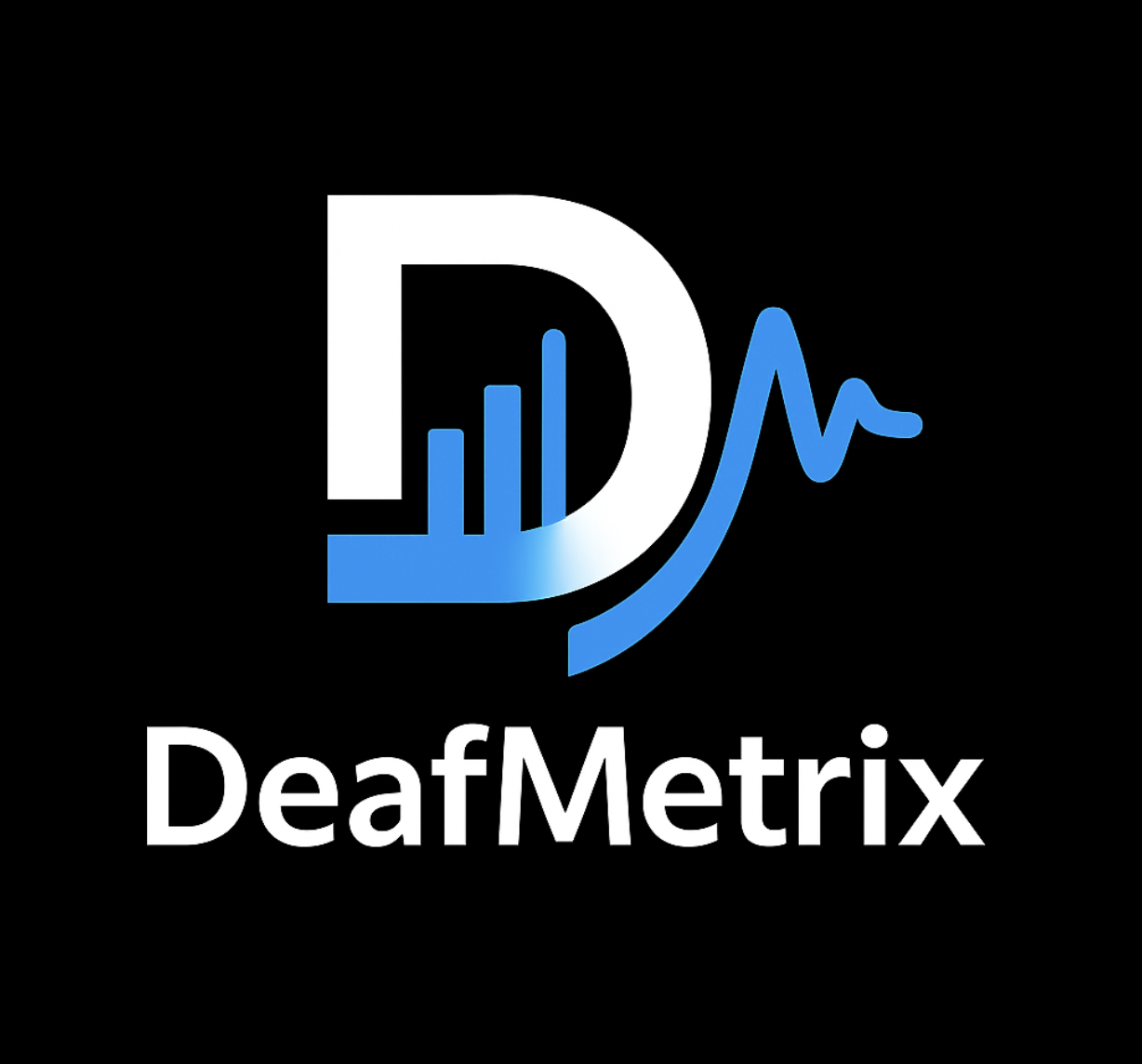Listen. Learn. Act. Inclusion Starts With You.
Listen. Learn. Act. Inclusion Starts With You.
Exclusion isn’t accidental. It’s built into your systems — whether you see it or not.
❌ What Exclusion Really Looks Like
Exclusion doesn’t always announce itself. It doesn’t need to.
When systems are built without us, silence does the job.
No captions.
No interpreter.
No access.
No second chance.
You don’t need to be told you don’t belong.
The design already decided that.
It looks like:
💼 A job application we can’t complete — followed by an interview we can’t access.
🚨 A safety alert that only speaks — while we sleep through the danger.
🧠 A therapist who can’t understand us — and misses the moment we break.
📞 A crisis line that demands a phone call — when we’re already drowning.
🏫 A classroom where “safeguarding” protects those who speak — and forgets the rest.
🏥 A medical form that blocks our care — because it assumes we can hear.
🛒 A service we’ve paid for — that still shuts us out.
💻 A product that decided — before we ever arrived — that it wasn’t built for us.
It’s Not One System. It’s All of Them.
Don’t mistake this for a few isolated failures.
It’s not just one app. Not one form. Not one department that got it wrong.
It’s everywhere.
Built in. Baked deep.
And still operating exactly as designed.
You see it in:
Buildings · Apps · Forms · Services · Policies · Schools · Mental health · Public safety · Hiring · Healthcare · Media · Products
The message is clear:
“This wasn’t made for you.”
These aren’t gaps to close. They’re fractures in the foundation.
And every one of them is proof your system is working exactly as it was built to
— for those at the centre, and against everyone else.
When Access Fails, the Cost Is Real
This isn’t inconvenience.
It’s:
💥 Exclusion
💥 Risk
💥 Harm
💥 Loss
💥 Liability
💥 Death
Not hypothetical.
Not rare.
Not someone else’s problem.
It’s your system.
It’s now.
And it’s everywhere.
Still Think This Is an Edge Case? Look Again.
🌍 This Isn’t a Minority Issue. It’s a Global Design Failure.
466 million people live with disabling hearing loss (WHO, 2025)
That’s 1 in 18 people — a population bigger than the EU.
Not broken. Not rare. Just systematically shut out.
Not because of their bodies — but because of your blueprint.
🧱 Most Teams Are Still Guessing.
Only 11% of organisations include Deaf or disabled people in design (Forrester, 2022)
That means 89% of products, services, spaces, and strategies are built by teams who never asked us.
That’s not oversight. It’s risk.
You're not inclusive — you're guessing
💼 We’re in the Meeting. But Already on Our Way Out.
1 in 3 Deaf employees feel excluded in workplace communication (Scope UK, 2023)
We nod along. Fake understanding. Smile in silence.
Until we hand in our notice.
Innovation doesn’t disappear. It walks out.
🚫 Qualified — But Shut Out Before We Begin.
Deaf unemployment is twice as high (UK LFS, 2023)
No captions. No interpreter. No access.
It’s not an interview. It’s a locked door.
And we leave carrying your reputation with us.
💻 You Lost Us. And You Never Even Knew We Came.
80% of websites fail basic accessibility checks (WebAIM, 2024)
We land on your page. Nothing works.
We leave. Quietly.
You didn’t track it — but we noticed everything.
🏥 When Access Fails in Healthcare — We Die.
Deaf patients are routinely denied interpreters (SignHealth, 2023)
We miss diagnoses. Wait longer.
Sometimes, we don’t survive.
It wasn’t a medical issue. It was a design flaw.
🧠 We Finally Ask for Help — But You Don’t Understand Us.
Mental health support rarely includes sign (Lancet Psychiatry, 2020)
You finally open up. But the therapist doesn’t sign.
You leave with the same pain — plus a new one:
The shame of not being understood.
🚨 Public Services We Pay For Still Lock Us Out.
1 in 4 rely on phone-only contact (RNID, 2022)
GP appointments. Housing issues. School calls.
Imagine being cut off from it all — because you can’t hear a phone ring.
⛓️ Inaccessibility Isn’t an Exception. It’s the Default.
Everyday life — from dining out to emergency alerts — remains out of reach (RNID, 2023)
Booking a table. Asking for help. Reporting abuse.
For us, it’s not simple. It’s exhausting. Embarrassing. Sometimes dangerous.
💸 You’re Ignoring £80 Billion — Without Realising.
Marginalised consumers hold £8 trillion globally (WEF + Accenture, 2024)
Deaf people alone: £80 billion in spending power.
If we can’t access your product — you don’t exist to us.
And we don’t come back.
🧬 Your Future Market Has Already Decided.
66% of Gen Z reject brands that exclude (McKinsey, 2023)
If you're not accessible — you're not relevant.
And this generation won’t wait for you to catch up.
These aren’t just stats.
They’re missed customers. Broken trust. Legal risk. Preventable harm.
What We Do
You don’t get to claim inclusion if Deaf people still can’t access your world.
You don’t get to say “we care” if your systems still exclude us by default.
You don’t get to talk about mental health, equity, or innovation while leaving us out — silently, systemically.
This isn’t “awareness.” It’s accountability.
Accessibility isn’t a checkbox.
It’s survival.
It’s strategy.
And it starts with Deaf people — because we’ve been left behind the longest, and harmed the deepest.
Inclusion isn’t what you say.
It’s what you design.
We don’t do tick-boxes. We rebuild what was never built for us.
We work where systems shape lives — and exclusion causes real harm:
Corporates & SMEs | Government & Public Services | Technology & Digital Platforms | Media, Film & Communications | Healthcare & Mental Health | Education & Safeguarding | Legal, Justice & Policy | Infrastructure, Transport & Emergency Services | Sports, Events & Live Environments
